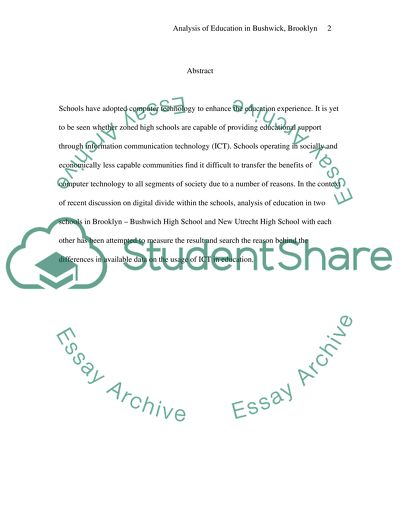Cite this document
(Analysis of Education in Bushwick, Brooklyn Case Study, n.d.)
Analysis of Education in Bushwick, Brooklyn Case Study. Retrieved from https://studentshare.org/education/1558266-analysis-of-education-in-bushwick-brooklyn
Analysis of Education in Bushwick, Brooklyn Case Study. Retrieved from https://studentshare.org/education/1558266-analysis-of-education-in-bushwick-brooklyn
(Analysis of Education in Bushwick, Brooklyn Case Study)
Analysis of Education in Bushwick, Brooklyn Case Study. https://studentshare.org/education/1558266-analysis-of-education-in-bushwick-brooklyn.
Analysis of Education in Bushwick, Brooklyn Case Study. https://studentshare.org/education/1558266-analysis-of-education-in-bushwick-brooklyn.
“Analysis of Education in Bushwick, Brooklyn Case Study”. https://studentshare.org/education/1558266-analysis-of-education-in-bushwick-brooklyn.


